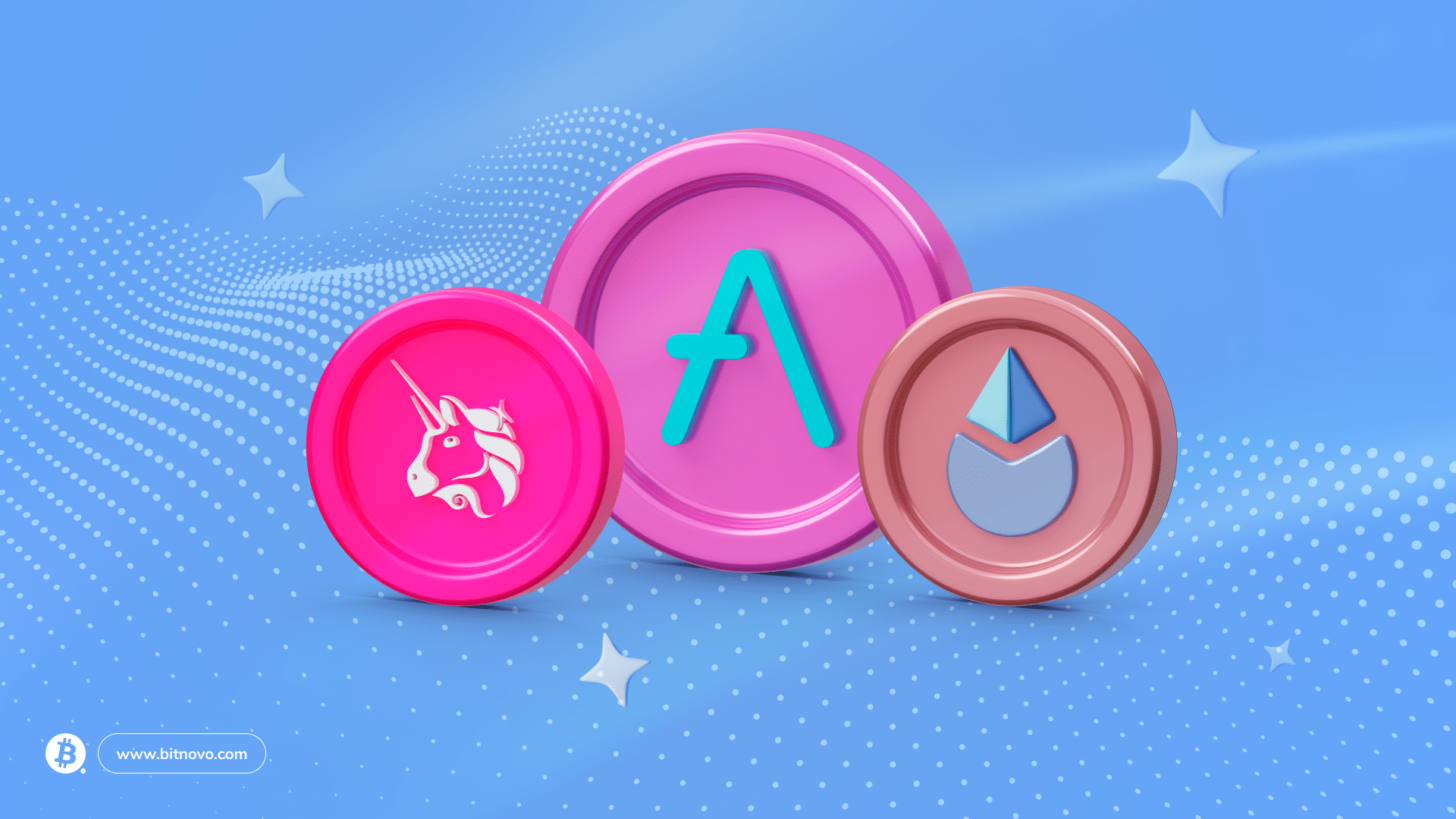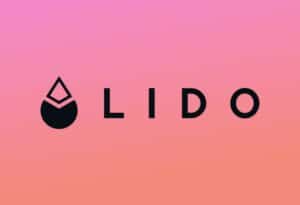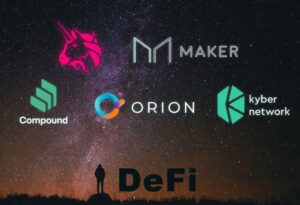
Table of Contents
ToggleDecentralized Finance (DeFi) is one of the most significant innovations in blockchain technology. Many even believe it could surpass the traditional finance market.
With over $13 billion in Total Value Locked (TVL) just on the Ethereum network, DeFi protocols offer various products and services. Different DApps allow us to buy, sell, stake, borrow, and lend cryptocurrencies on a decentralized network.
If you want to learn more about DeFi, we recommend diving into the DeFi section on our blog for valuable information.
What are the best DeFi protocols?
There are two ways to answer that question. The simplest would be to look on DAPP Radar for the protocol with the highest TVL, and you’re done. The more complex answer depends on what you want to do because one protocol may be good and have liquidity for lending and borrowing but not for staking or synthetic tokens.
That’s why we believe it’s essential to specify which protocols we recommend for most operations. If you think our list could be better, leave it in the comments.
Lido Finance:
Lido Finance ($LDO) is a DeFi project that allows users to passively manage their capital’s yields. Currently, Lido is the largest DeFi protocol in terms of Total Value Locked (TVL), with over $8 billion in assets on the platform.
The Lido protocol enables users to leverage their coins in staking without having to sell them, wrapping the asset and providing a derivative product backed by the underlying asset. This means users can access funds when they need them and earn a return while waiting.
Aave:
Aave is a decentralized lending platform that allows users to lend and borrow cryptocurrencies.
It uses its native token, AAVE, to maintain security on the protocol and allow users to participate in governance. It also allows staking Aave within the protocol.
With Aave you can have collateralized loans with a wide range of tokens.
Compound:
It’s a protocol that allows users to lend and borrow cryptocurrencies. The platform runs on Ethereum and uses smart contracts to automate the lending process. It requires collateral to approve the loan.
COMP is the native token of the protocol that users can earn by lending or borrowing assets. COMP token holders govern the protocol and vote to implement any changes.
Synthetix:
It’s a decentralized platform that enables users to trade synthetic assets, which are digital assets that track the price of real-world assets. Synthetix offers various types of assets like cryptocurrencies, commodities, and fiat currencies.
It has its native token, SNX, which is used to pay transaction fees and mint new synthetic assets.
Uniswap:
One of the essential protocols in the DeFi space as it is the most prominent and widely used decentralized exchange. It uses a pricing algorithm to determine token prices, meaning prices are not controlled by a single entity.
In addition, Uniswap allows users to participate in liquidity pools and earn interest on their assets.
Maker:
They are the creators of the stablecoin DAI, the first decentralized stablecoin, and one of the most significant projects in the crypto space (not just DeFi). It also offers loans backed by DAI at lower interest rates than traditional loans.
Its native token, MKR, can be used to vote on governance decisions and pay more stable transaction fees.
Curve:
It is a decentralized exchange (DEX) specialized in trading Stablecoins.
It allows users to make exchanges with minimal slippage rates and earn yields through staking their assets. Its design is specially tailored to maximize efficiency in token exchanges with price parity.
Conclusion:
While these are the top DeFi protocols, it’s a continually evolving space, so we always recommend doing your own research. These are the protocols we believe you shouldn’t miss. If you think we’ve missed one, leave it in the comments, and we’ll include it in a new article.








